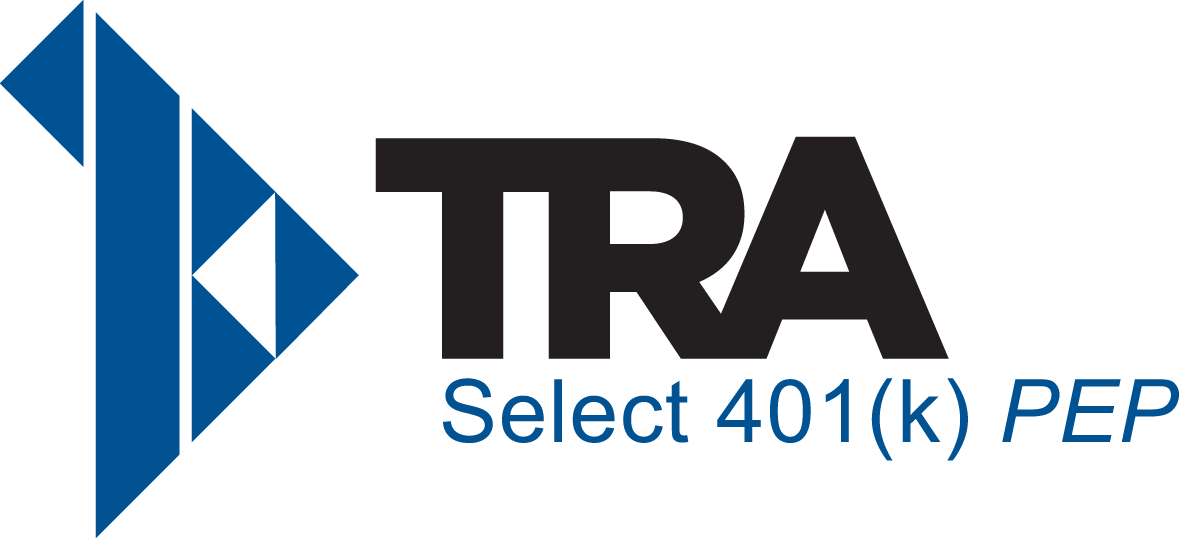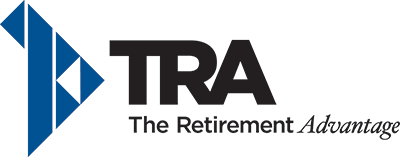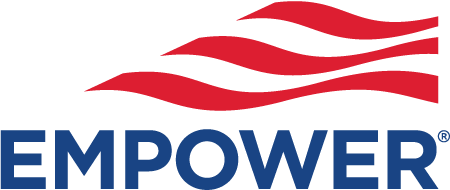
A Pooled Employer Plan (PEP) is a special kind of retirement plan that allows multiple unrelated employers to join together and offer a retirement savings option to their employees.
Here are the key points about a PEP 401(k) Plan:
- Multiple Employers: Unlike traditional plans, a PEP is designed to include multiple unrelated employers and employees.
- Types of Plans: A PEP can be structured as a qualified defined contribution plan, like a 401(k) plan.
- Management: The entity responsible for managing the PEP is called a Pooled Plan Provider (PPP). This PPP can either be one of the employers adopting the plan or a completely separate organization. Examples of such organizations could be insurance companies, financial institutions, or other entities that meet specific legal and regulatory standards.
- Regulations: Both the PEP and the PPP must adhere to certain regulations and requirements set forth by the Internal Revenue Code to ensure the plan operates fairly and securely for all participants.
In summary, a PEP is a flexible retirement plan option that can be shared by multiple businesses, making it easier and potentially more cost-effective for them to offer retirement benefits to their employees. See below for more details.
Pooled Employer Plan (PEP)
-
▾
What is a Pooled Employer Plan (PEP)?
- Designed to benefit employees of two or more adopting employers, PEPs are qualified retirement plans that can be sponsored and offered only by a Pooled Plan Provider (PPP). Employers that adopt a PEP need not share a business nexus to form this group 401(k) Plan; thus PEPs are sometimes referred to as “open MEPs”.
-
▾
What are the Key Characteristics of a PEP?
- PPPs must meet the requirements outlined in ERISA Section 3(43) as well as other requirements outlined by the US Treasury Department.
- A PPP must register with the US Secretary of Labor 30 days before beginning operations, and also satisfies the SECURE Act requirement that the PPP must register with the Treasury Department.
- In addition to the PPP, there is a centralized 3(21) Investment Advisor and/or 3(38) Investment Fiduciary, as well as a 3(16) Plan Administrator.
- A PEP is auditable if it exceeds 100 eligible participants in total across all adopting employers.
- Employers adopting a PEP plan for their 401(k) may have challenges combining the 401(k) with a Defined Benefit or Cash Balance Plan, depending upon the flexibilities the PEP will permit.
- One Form 5500 is filed for the entire plan.
-
▾
What are the Necessary Documents?
- Plan Document — retained by the PEP Sponsor.
- Adoption Agreement — Provides the provisions available in the PEP and retained by the PEP Sponsor.
- Participation Agreement — Created for and signed by each adopting member to include the specific provisions of their retirement offering.
-
▾
What are the Limitations of a PEP?
- Fixed fund lineup — All adopting employers share one common fund lineup. Generally, the Plan Sponsor or Investment Fiduciary makes additions to or removals from the lineup; notification must be provided to all eligible individual participants.
- Audit possibility — Although PEPs have a more lenient policy on audit requirements than MEPs, a PEP could still combine enough small plans and eligible participants to become auditable in a short span of time, which would impact costs adversely.
- PPP fiduciary liability — Each adopting employer within a PEP retains fiduciary liability for the selection and monitoring of the PPP.
- Accessibility — Any adopting employers, service providers and fiduciaries with a PEP can be removed from the plan by the PPP.
-
▾
PEP Requirements
Requirement PPP Responsibility Employer Responsibility Plan document meets qualification and legal standards Yes No PPP named as plan fiduciary Yes No Administrative functions handled Yes No Registered with Department of Labor Yes No Trustee manages contributions and plan assets Yes No Investment decisions delegated to manager Yes (when appointed) No (if manager is appointed) Remove non-compliant employers to protect plan status Yes No -
▾
Employer Responsibilities
Employer PPP Select and regularly review the PPP and other plan fiduciaries Yes No Make timely contributions, including employee deferrals Yes No Provide employee census updates and business structure changes Yes No Inform eligible employees about the PEP Yes No (but may assist) -
▾
Fiduciary and Administrative Responsibilities
The chart below illustrates the comprehensive role of a PPP and PEP in serving as both the 402(a) named fiduciary and the 3(16) plan administrator, compared to various service providers who claim to offer “3(16) plan administrator fiduciary” services but frequently shift significant responsibilities back to employers. As shown, the named fiduciary support provided by PPPs and PEPs is significantly more extensive, effectively relieving participating employers of all responsibilities for the listed tasks.
Function PPP (Named Fiduciary + 3(16) Admin) Typical 3(16) Provider Employer Responsibility Maintain current PEP document with legal compliance Yes Operate PEP per terms, IRS, and ERISA regulations Yes Select and monitor service providers Yes Ensure correct compensation definition is used Yes Comply with nondiscrimination and top-heavy rules Yes Ensure timely contributions via trustee monitoring Yes Comply with controlled/affiliated group rules Yes Maintain fidelity bond Yes Meet ADP and ACP testing Yes Ensure contribution limits are not exceeded Yes Ensure vesting is properly calculated Yes Approve participant loans via fiduciary Yes Ensure that investment options are carefully chosen and suitable for all participants and beneficiaries Yes, in most cases, through the ERISA §3(38) investment
manager appointed by the PPPNo, unless the PPP has not appointed an ERISA §3(38) investment
manager for the PEPPrevent prohibited transactions Yes Ensure service provider disclosures (ERISA §408(b)(2)) Yes Ensure clear service agreements Yes Confirm provider compensation is reasonable Yes Ensure proper fee allocation Yes Handle revenue sharing appropriately Yes Comply with ERISA §404(c) rules Yes Ensure QDIA and notice provision Yes Ensure proper recordkeeping of contributions Yes Confirm fiduciary standard of investment manager Yes Provide participant education (if desired) Yes Support portfolio diversification (via §3(38)) Yes in most cases, through the ERISA §3(38) investment
manager appointed by the PPPYes in most cases, through the ERISA §3(38) investment manager appointed by the PPP Prepare and file Form 5500 Yes Yes Ensure coverage and enrollment compliance Yes Yes Ensure contribution limit compliance Yes Yes Calculate vesting correctly Yes Yes Administer participant loans per policy Yes Yes Process distributions per plan rules Yes Yes Administer RMDs Yes Yes Comply with direct rollover provisions Yes Yes Provide required disclosures and notices Yes Yes Ensure proper processing of loans, withdrawals, and distributions Yes Yes
Enhance Your Retirement Plan with TRA Select 401(k) PEP
-
Are your clients searching for a retirement plan that attracts top talent while streamlining administration? The TRA Select 401(k) PEP is the perfect solution. This innovative retirement plan is the result of a strategic collaboration between The Retirement Advantage, Inc. (TRA), Empower, Envestnet, and FiduciaryxChange, offering unparalleled value and simplicity.
Benefit from a Partnership with Proven Success
Many organizations find it challenging to provide a high-quality retirement plan. However, with the TRA Select 401(k) PEP, your clients can offer a cost-effective, practical retirement solution tailored to their organization’s needs. Leverage the expertise and experience of a leading PEP retirement plan provider to navigate the increasingly complex legal and regulatory landscape, while offering your clients employees the resources they need to achieve their retirement goals.
-
▾
Streamlined Administration
 TRA, a trusted leader in third-party 401(k) administration, handles the complexities of plan management, freeing you to focus on growing your clients business. Our expert services include:
TRA, a trusted leader in third-party 401(k) administration, handles the complexities of plan management, freeing you to focus on growing your clients business. Our expert services include:- Compliance and regulatory oversight
- Contribution and distribution management
- Comprehensive reporting
-
▾
Financial Empowerment for Employees
 Empower provides a personalized, user-friendly platform designed to improve financial wellness. With tools to manage savings, debt, and overall financial health, employees gain insights and resources that:
Empower provides a personalized, user-friendly platform designed to improve financial wellness. With tools to manage savings, debt, and overall financial health, employees gain insights and resources that:- Support informed financial decisions
- Foster a culture of financial independence
- Boost satisfaction and retention
-
▾
Diverse Investment Options
 Envestnet offers a wide array of investment choices, including risk-based and target-date funds, enabling employees to tailor their portfolios to their needs and risk tolerance. This flexibility helps participants:
Envestnet offers a wide array of investment choices, including risk-based and target-date funds, enabling employees to tailor their portfolios to their needs and risk tolerance. This flexibility helps participants:- Optimize their financial strategies
- Work toward their retirement goals with confidence
-
▾
Advanced Fiduciary Oversight
 FiduciaryxChange delivers exceptional fiduciary services to ensure your plan adheres to all regulatory requirements. This rigorous oversight:
FiduciaryxChange delivers exceptional fiduciary services to ensure your plan adheres to all regulatory requirements. This rigorous oversight:- Mitigates risks associated with plan management
- Protects plan assets
- Offers peace of mind
The TRA Select 401(k) PEP Advantage
- Simplified Plan Administration: We manage the day-to-day complexities so your clients don’t have to.
- Customizable Investment Opportunities: Empower employees with a range of investment options to match their unique goals.
- Comprehensive Financial Tools: Equip your team with resources to achieve financial independence.
- Reliable Compliance and Integrity: Benefit from robust fiduciary oversight that protects your plan.
Build a Better Financial Future
With the TRA Select 401(k) PEP, you’ll gain:
- Enhanced employee engagement and retention
- Efficient plan management
- A strategic partner invested in your success
Join the organizations that trust us to deliver superior retirement solutions.
Complete the form below today to learn more about the TRA Select 401(k) PEP and how it can help your organization thrive.
Let’s build retirement plan excellence together.
Discover the Advantages of the TRA Select 401(k) PEP
March 5, 2025
Presented by:
Michael Barry, Empowers Director of Strategic Partnerships | Darin Erdmann, TRAs Director of Sales and Distribution | Brian Lenz, Chief Sales Officer at American TCS
Complete the form below and a TRA Regional Plan Consultant (RPC) will promptly be in contact with you.

